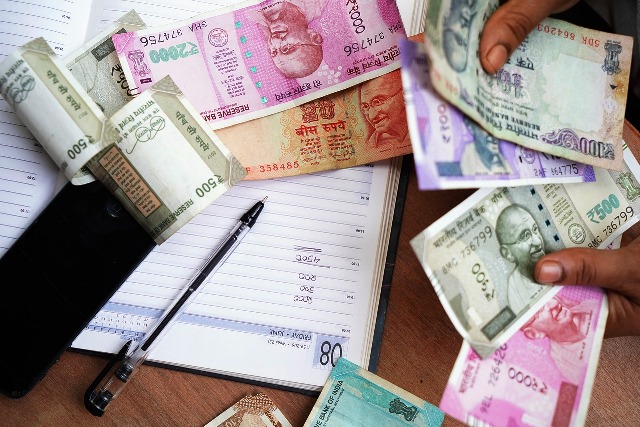CSR: Progress in India on financial inclusion
Related Articles
Infosys Techie टॉयलेट में महिला का वीडियो बनाते ‘अनैतिक काम’ करते पकड़ा गया
Infosys Senior Associate Bengaluru स्वप्निल नागेश माली, जो मूल रूप से आंध्र प्रदेश का रहने वाला है, को 30 जून को बगल के शौचालय...
Shefali Jariwala Death Cause: हो गया खुलासा, शेफाली जरीवाला की मौत इस कारण से हुई?
Shefali Jariwala Death: मशहूर अभिनेत्री और मॉडल शेफाली जरीवाला की अचानक मौत ने न सिर्फ उनके प्रशंसकों को झकझोर दिया, बल्कि मेडिकल और सामाजिक स्तर...
What is Apache Combat Helicopter Finally Set to Join Indian Army After Long Delay?
After a delay of over 15 months, the Indian Army is set to receive its first batch of Apache AH-64E attack helicopters from the...

